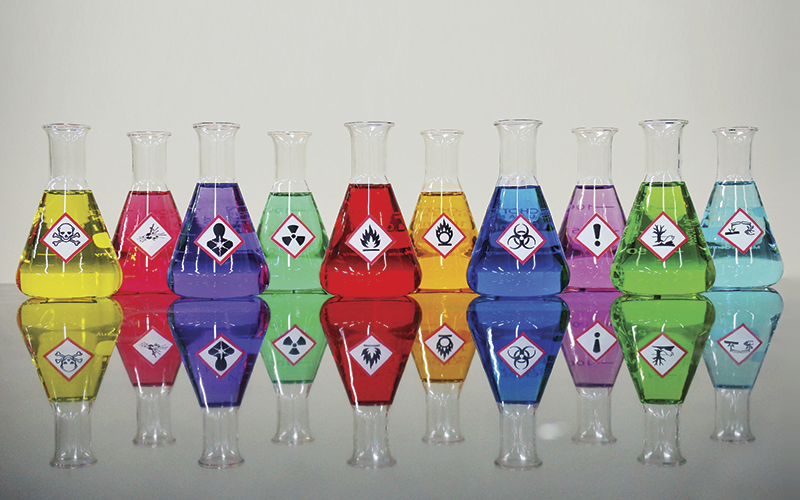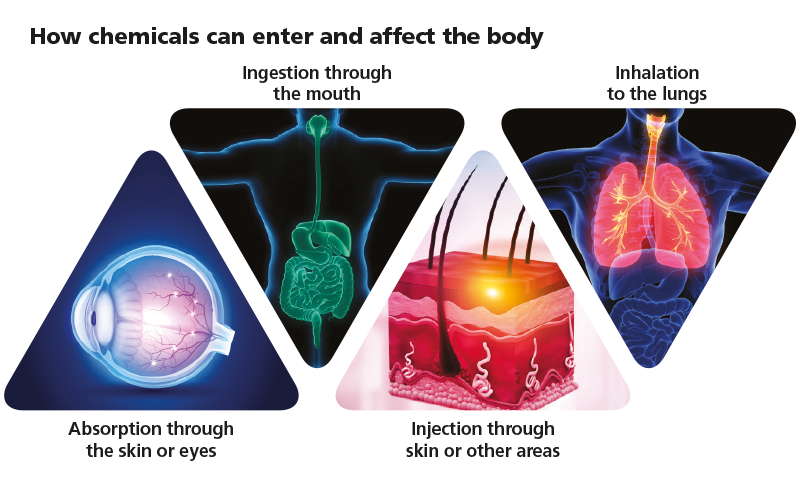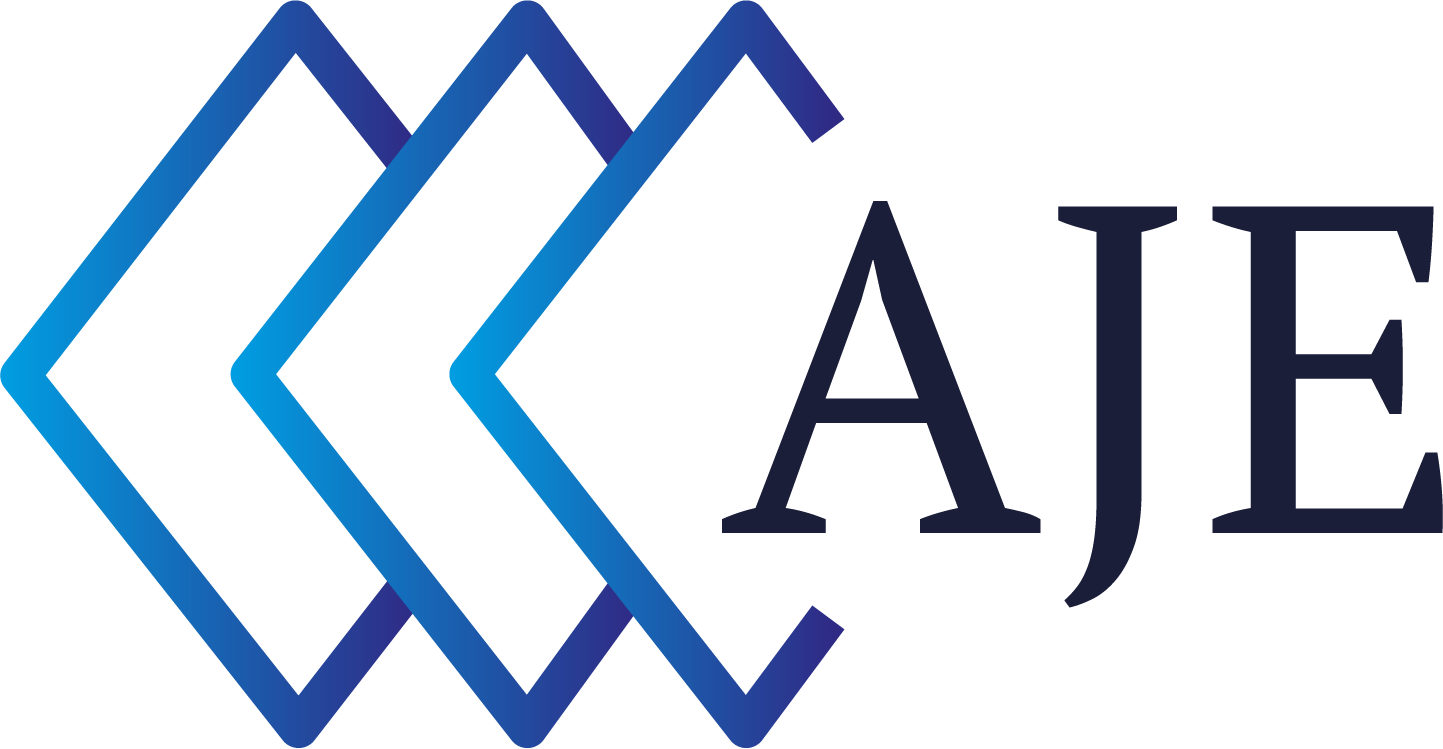In the latest article of our series exploring core OSH topics and your role in ensuring their risks are well managed, we focus on understanding chemical hazards.

1. UNDERSTAND THE DANGER OF CHEMICAL HAZARDS
Chemicals have played a vital role in creating the modern world. But if chemical hazards are not effectively and safely managed, they can cause harm to workers, the public, nature and the wider environment.
Before undertaking a hazardous substance assessment and implementing control measures, you must first identify the potential hazards that substances pose. There are several ways that OSH professionals can identify hazards from chemicals in the workplace, such as:
- Reading a Safety Data Sheet for a manufactured chemical
- Undertaking occupational hygiene monitoring (air sampling and/or biological monitoring)
- Identifying chemical hazards that are process-generated, naturally occurring or created by production processing by seeking advice from process engineers or industrial chemists and by referring to guidance material
- Identifying how exposure occurs: What are the properties of the substance? How are they used? How much? How long?
- Identifying who is at risk. Particular groups will be at higher risk of working with some chemicals. For example, new and expectant mothers are at risk if the chemical is a mutagen or teratogen, while asthmatics are vulnerable if the chemical is a sensitiser or irritant.
2. KNOW YOUR CLASSIFICATIONS
The second step in making sure your management of these substances is correct is to understand the types of substances, their classifications and the related symbols.
- Corrosive: eg oven cleaners and caustic soda
- Dangerous to the environment: eg chlorofluorocarbons and pesticides
- Explosive: eg fireworks
- Toxic: eg lead
- Harmful or irritant: eg isocyanates found in some paints or adhesives
- Sensitiser: substances that can cause an allergic reaction or effect, usually affecting the skin or respiratory system, eg isocyanate paints
- Oxidising: eg hair dyes and bleaches
- Highly or extremely flammable: eg liquefied petroleum gas and methylated spirits
- Carcinogenic, mutagens and reprotoxins, teratogens: eg silica dust and diesel fumes.

3. CHEMICAL HAZARDS AND THE BODY
It is also important to understand how people can be affected by hazardous substances. There are a number of ways that chemicals can enter and affect the body.
- Injection through skin or other areas
- Inhalation to the lungs
- Absorption through the skin or eyes
- Ingestion through the mouth.
4. DEALING WITH THE RISK
The potential risk posed by hazardous subjects can be controlled, reduced or even eliminated altogether in a number of ways.
Elimination
- Change the activity so that a hazardous chemical is not used
- Use a non-harmful substance instead of a hazardous one (known as elimination through substitution).
Substitution
- Change the type of hazardous chemicals used in the process with a less harmful substitute
- Change the form of the substance used – in other words, use a pelletised form of the chemical hazards, rather than a powdered form
- Use a brush or roller to apply paint instead of a spray gun
- Replace asbestos with safer synthetic substitutes, such as glass foam, rock and glass wool
- Vacuum or use an industrial sweeper to clean up concentrated dusts, rather than sweep them up manually
- Select a product with less volatile ingredients
- Reduce the quantities of chemical hazards used in the process, if at all possible.
Engineering controls
- Enclose the system
- Use local exhaust ventilation to remove fumes
- Use ventilation as the main method of control for airborne chemical hazards, particularly contaminants in underground mines and sample preparation areas when pulverising samples
- Use spill containment
- Use safety relief valves
- Use overfill protection
- Introduce a restricted work area
- Locate potentially hazardous materials or processes away from frequently used thoroughfares and buildings
- Separate goods from other hazards
- Segregate incompatible substances.
Administrative controls
- Modify the system of work, such as changing the times when certain tasks are done
- Use placards or hazard warning signs
- Use housekeeping and labelling to limit inadvertent exposure (especially skin) to workplace hazards
- Provide situation-specific training and work instructions
- Rotate staff to minimise exposure times to hazardous chemicals
- Implement emergency arrangements to mitigate accidental release of chemicals or inadvertent exposure of workers to chemicals
- Provide safety showers as part of emergency arrangements, such as exposure to corrosives
- Provide spill clean-up equipment
- Use schedules to remove workers from exposure, such as removing lead miners from the area of exposure if their blood lead levels exceed a certain level
- Use occupational hygiene monitoring and health surveillance to keep an eye on exposure levels.
PPE/RPE
Provide appropriate eye, respiratory and hand protection for workers, as well as instructions on when and how to use it.
Contact us today to find out more about how we can help secure your workplace.
